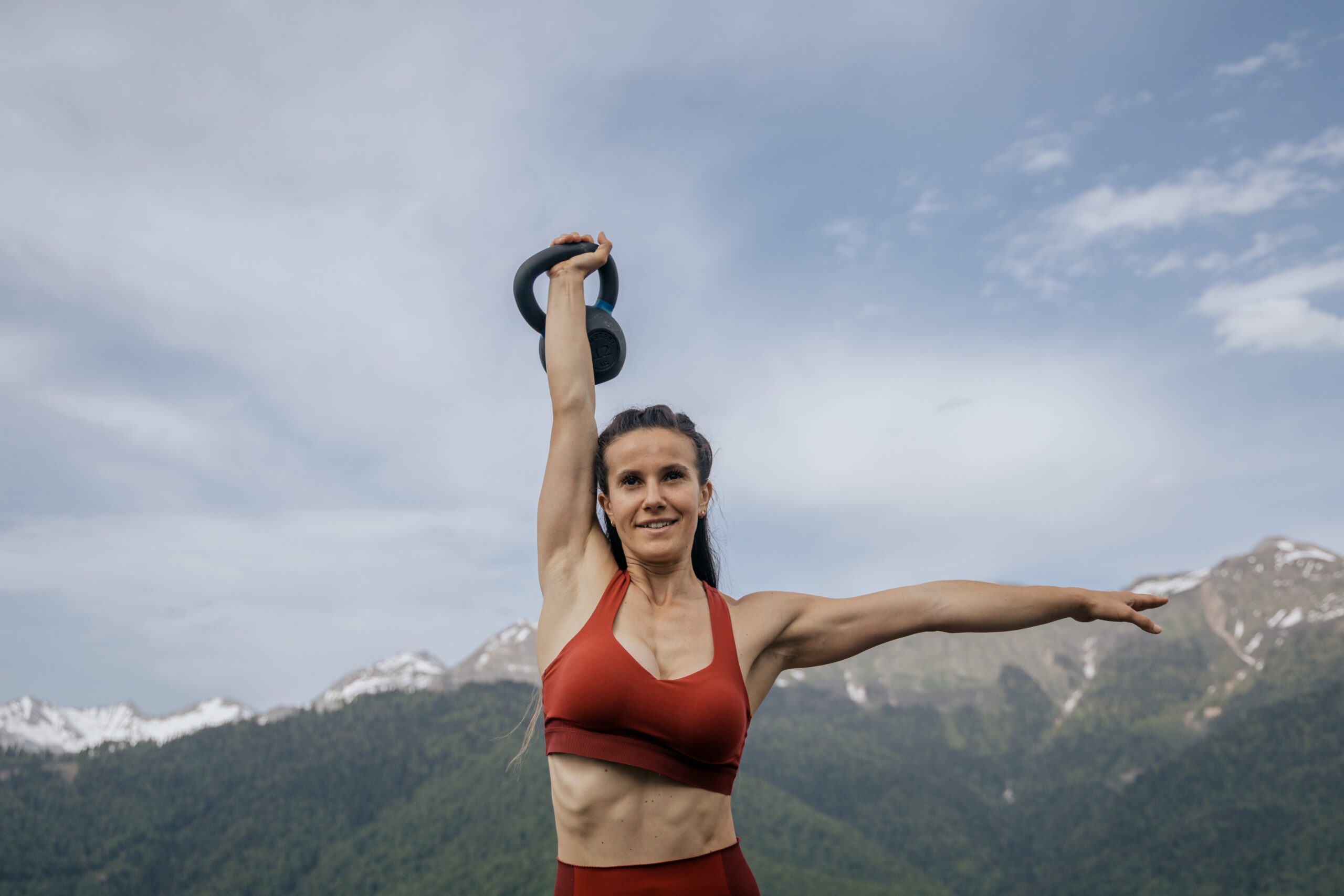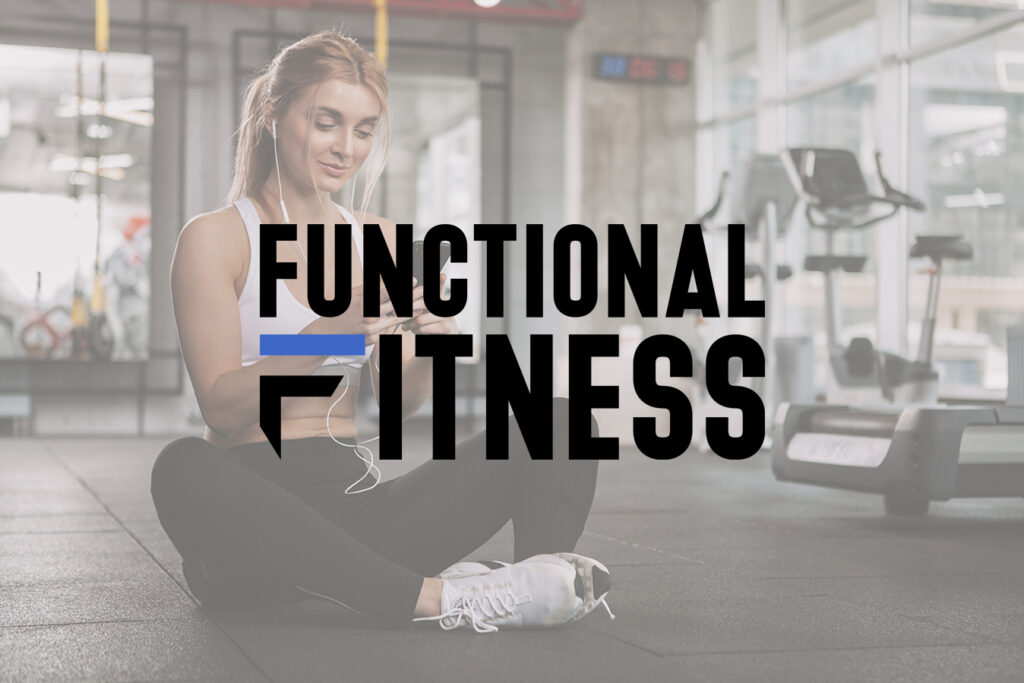Effective Functional Fitness training isn’t random – it’s the outcome of a carefully crafted plan built on proven strategies. This article breaks down our training program’s components, illustrating how each element contributes to the system’s overall effectiveness. No matter if your goal is to lose body fat, master a strict pull-up, or conquer a 5k run, Functional Fitness is geared toward a singular mission: achieving physical freedom.
Training for Everyday Life
But what is physical freedom? It’s the ability to jump into any physical activity with confidence – playing a soccer game with kids, moving furniture, or hiking a rough trail. Our programming is driven by a commitment to make this level of agility and capability accessible to all our members.
Our core Functional Fitness daily training program is all about simplicity and ease of access, demanding minimal equipment. It’s your first step toward a lifestyle marked by greater activity and fewer restrictions.
Below you’ll find an introduction to our Functional Fitness training structure, designed to enhance your health and expand the boundaries of your active life.
Area 1: The Six Core Physical Characteristics
Our training program prioritizes six physical attributes for top health and performance:
- Power: Quick force for fast, powerful moves.
- Strength: Greater load-bearing and resistance handling.
- Muscle Mass: More muscle for better metabolism and function.
- Stamina: A heart and lungs that can keep up with you.
- Mobility: Flexible joints and muscles for full, easy movement.
- Athleticism: Better agility, balance, and coordination.
Area 2: The Six Foundational Movement Patterns
We do not structure our training around specific body parts, rather our programming prioritizing six foundational movement patterns (i.e. six general ways that our bodies move) that are vital for a comprehensive development. These patterns mimic everyday movements and are integral for developing broad range of physical capabilities. Throughout each training week in our Daily Training Program we cover these patterns multiple times, to ensure a complete full body development and function.
- Knee Dominant: Building strong legs and glutes through exercises like squats and lunges.
- Hip Dominant: Focusing on the powerhouse of your body with movements such as deadlifts and hip thrusts.
- Push Movements (Horizontal & Vertical): Developing upper body strength and endurance with exercises like push-ups and overhead presses.
- Pull Movements (Horizontal & Vertical): Enhancing back and shoulder muscle groups through exercises like rows and pull-ups.
- Core Training: Exercises that involve both rotation and anti-rotation movements to fortify the central stabilizing muscles of your body.
- Locomotion: Exercises that enhance efficient movement patterns, including loaded carries and crawls.
Area 3: The Energy Systems Training
Functional Fitness training is designed to tap into various energy systems in the body, ensuring a comprehensive physical development. It’s important to note that these systems often overlap during exercises, and not one system is in play at the given time. Here’s a basic overview of these systems and the workout types they may correspond with:
- Phosphocreatine System (ATP-PC): This energy system is used during short, high-intensity activities lasting about 10-15 seconds, providing a quick burst of energy. It’s predominantly used in power-based workouts such as sprints or heavy lifting. The sport of weightlifting and powerlifting will fall into this category.
- Glycolytic System: This system is utilized in high-intensity, short-duration workouts lasting about 30 seconds to 2 minutes. It provides energy through the breakdown of carbohydrates, and is often engaged during activities like middle-distance running or circuit training. Hypertrophy focused training (i.e. bodybuilding) is usually fueled by this type of training as well certain formats of mixed modal conditioning workouts (short to medium duration).
- Aerobic System: The aerobic system is the primary energy system for activities lasting longer than 2 minutes. It uses oxygen to generate energy from carbohydrates and fats, making it essential for endurance and long-duration activities such as long-distance running, cycling or mixed modal conditioning workouts (medium to long duration).
Understanding these systems is vital for planning workout intensity and duration, matching them to your fitness goals.
Area 4: The Minimum Effective Dose
At the core of our Functional Fitness training principle framework is the ‘Minimum Effective Dose’ (MED) – the least amount of work necessary to produce the intended results. Think of it as adding just the right amount of spice to a dish – not too little that it becomes bland, not so much that it becomes overpowering.
To make this work, Functional Fitness is like a set of building blocks. You’ve got performance work blocks for strength, power and athleticism, and conditioning work blocks where you control the intensity and weight. This setup lets you tweak things according to how you’re feeling each day. If you’re up for it, ramp it up. If you’re not, it’s okay to dial it down.
This way, you figure out your own MED. It’s about making the program work for you, not the other way around. No wasted effort – just straight-up progress.
Area 5: The Psychological Factors
Certain parts of our training are structured in a way that they will not only challenge you physically, but also mentally. We believe that mental toughness is an important part of training and should be developed alongside physical characteristics. It’s what keeps you going, even when you’d rather stop. It encourages you to continue when quitting seems easier, to complete that final tough round, and to honor your workout plan, even on days when you don’t feel like it. It’s an important part of our conditioning sessions – not just for physical gains but for mental resilience, too. It’s a part of becoming stronger overall and being ready to face any challenge, inside or outside the gym.
Move well, stay healthy and feel great
Functional Fitness is designed to integrate into your life, helping you become stronger, more flexible, and free to participate in any activity you choose. It’s about smart training – finding the right mix of hard work and smart planning for the best outcomes. With our approach, each training session is purposeful, moving you closer to the freedom of movement that comes with real physical strength.
To see how Functional Fitness fits with your fitness goals, take a look at our app by tapping here.




